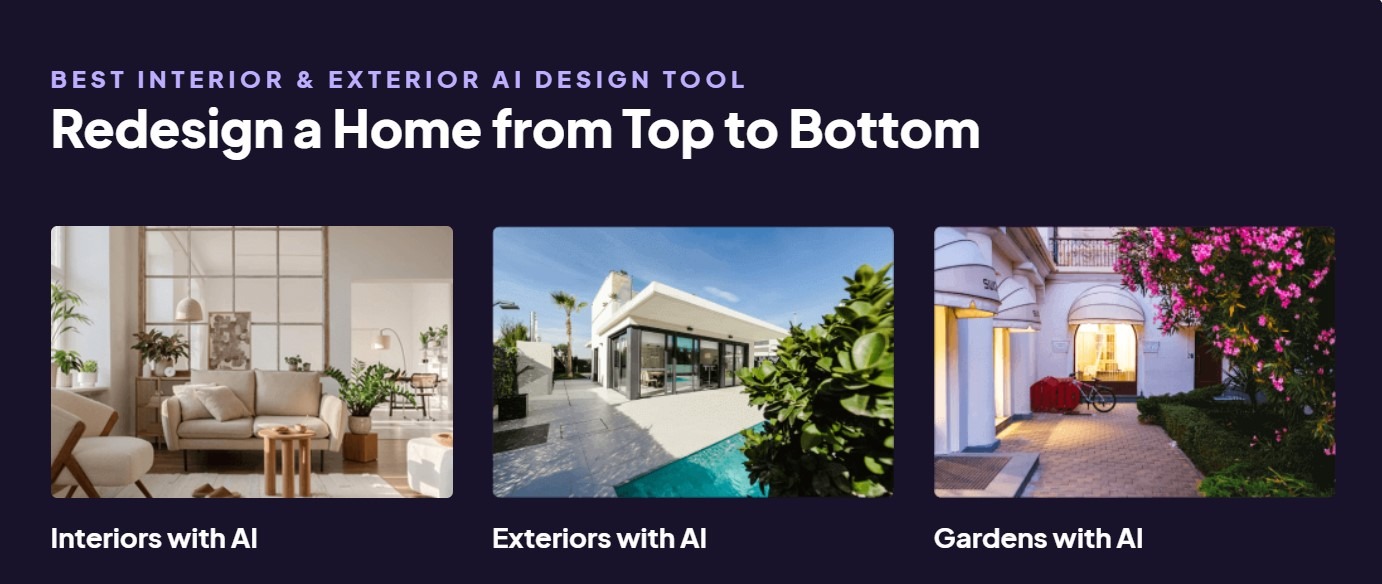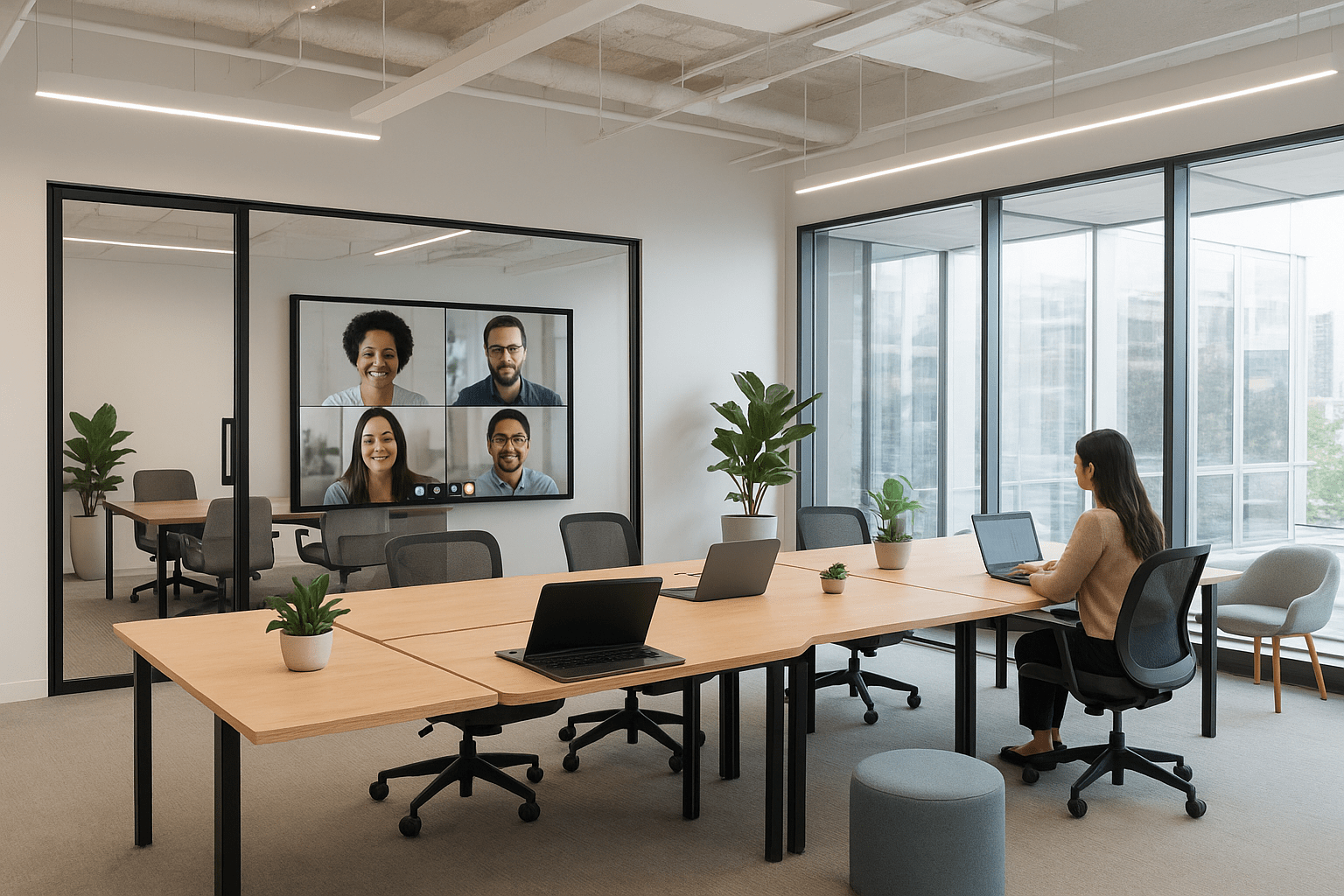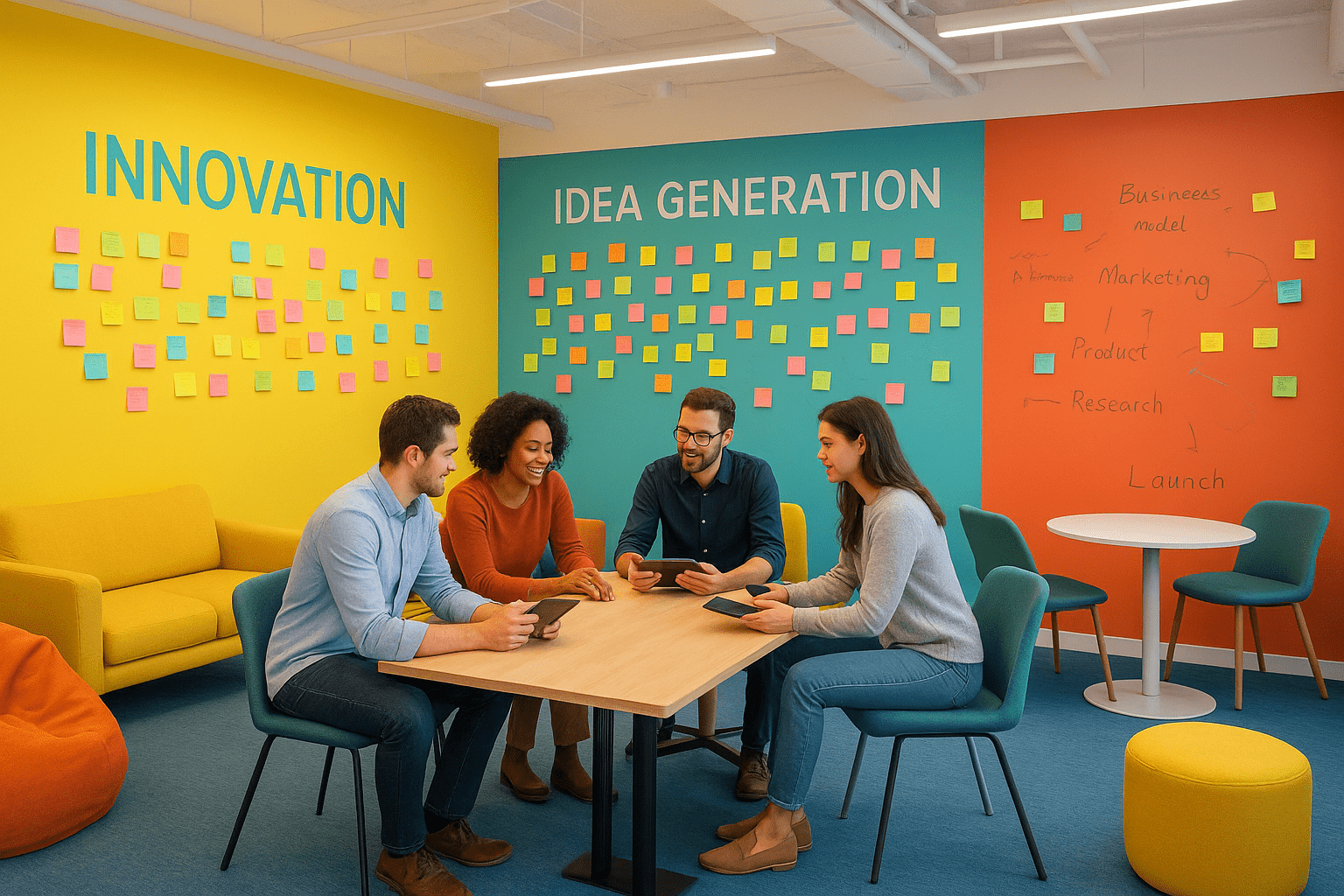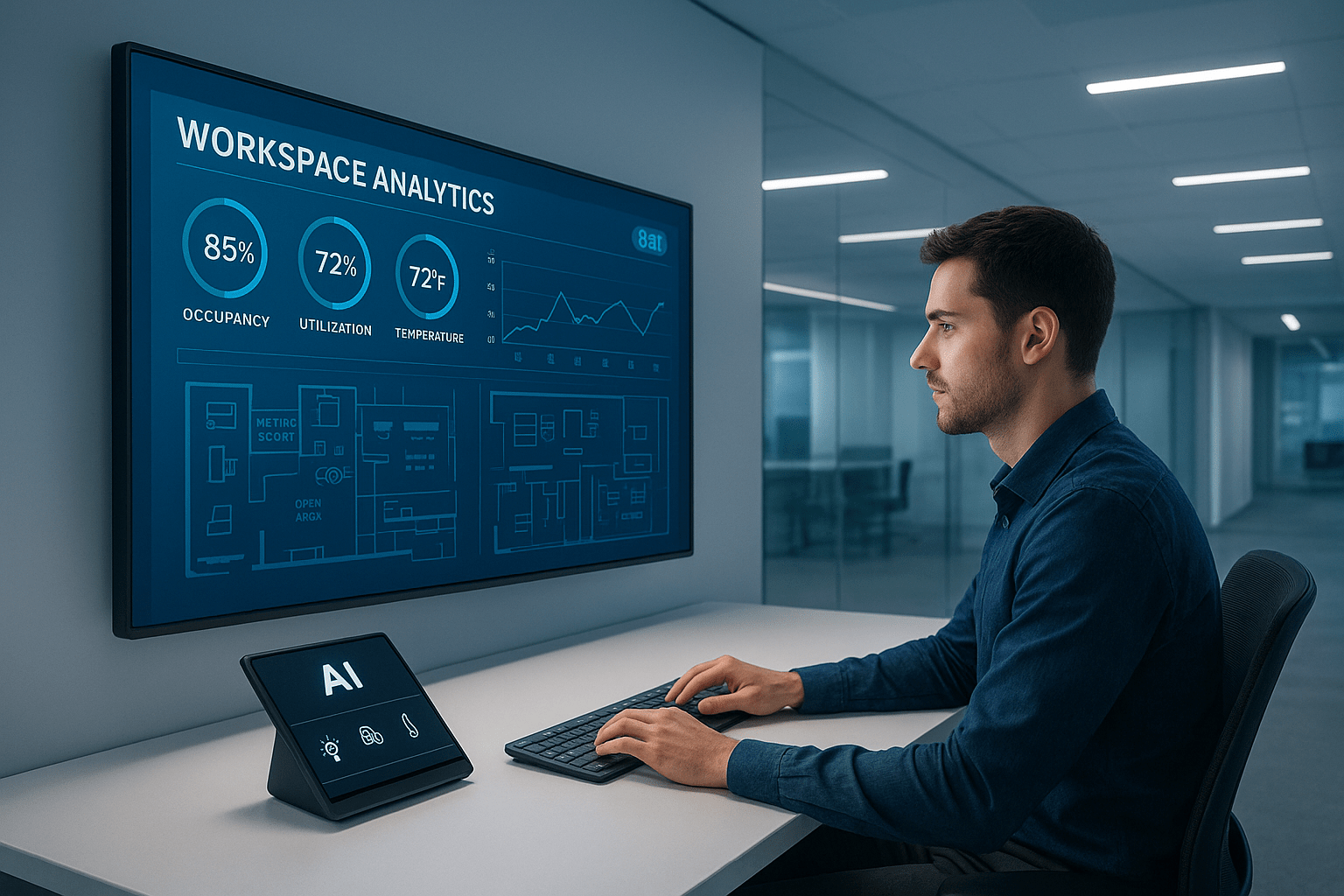The Future of Office Design: Trends for 2025 and Beyond
The modern workplace has undergone a significant transformation in just a few short years. Remote work, flexible schedules, and a renewed focus on employee well-being have all reshaped how companies approach office spaces. Gone are the days when the office was simply a building full of cubicles. Today, it’s about creating a dynamic environment where people feel inspired, comfortable, and connected.
 As we step into 2025 and beyond, office design is evolving faster than ever. Businesses are realizing that a thoughtfully designed workspace is not only about looks—it’s a strategic tool for boosting productivity, supporting collaboration, and attracting top talent. Let’s explore the most important office design trends that will define the future of work.
As we step into 2025 and beyond, office design is evolving faster than ever. Businesses are realizing that a thoughtfully designed workspace is not only about looks—it’s a strategic tool for boosting productivity, supporting collaboration, and attracting top talent. Let’s explore the most important office design trends that will define the future of work.
1. Hybrid-First Workspaces
 One of the biggest shifts we’ve seen is the rise of hybrid office design. Employees no longer spend five days a week at their desks, but they still need places to meet, collaborate, and connect with their teams. This has given rise to flexible layouts where hot desks, shared workstations, and collaborative zones replace rows of permanent desks.
One of the biggest shifts we’ve seen is the rise of hybrid office design. Employees no longer spend five days a week at their desks, but they still need places to meet, collaborate, and connect with their teams. This has given rise to flexible layouts where hot desks, shared workstations, and collaborative zones replace rows of permanent desks.
Conference rooms are also being redesigned to support remote collaboration, with smart screens, better acoustics, and integrated video conferencing tools. This ensures that whether someone is in the office or working from home, they can participate equally. Hybrid-first design is all about creating spaces that are adaptable, efficient, and suited to the needs of a modern workforce. And just like with any major building or remodeling project, budgeting plays a huge role—explore how construction estimating services can help businesses plan office projects more effectively.
2. Wellness at the Core
Employee well-being is no longer an afterthought—it’s becoming the foundation of workplace design. Companies are investing in wellness-focused offices that make employees feel healthier and happier. Think ergonomic furniture that reduces strain, adjustable sit-stand desks, and quiet rooms where people can recharge mentally.
Natural light is another key factor. Offices designed with large windows, skylights, and open layouts not only cut down on artificial lighting but also improve mood and productivity. On top of that, indoor air quality is being prioritized, with air-purifying systems and climate control that minimize fatigue. The goal is simple: a workplace that supports both physical and mental health, reducing burnout while boosting engagement.
3. Biophilic and Sustainable Design
Sustainability has become a major priority in every industry, and office design is no exception. More companies are embracing biophilic office design, which brings nature indoors through plants, natural materials, and organic textures. Green walls, indoor gardens, and even water features are being used to create calming, restorative environments that help reduce stress and improve focus.
At the same time, offices are being built with sustainable workplace design in mind. Recycled materials, eco-friendly furniture, and energy-efficient systems are becoming standard choices. These green practices not only help companies reduce their environmental footprint but also appeal to environmentally conscious employees and clients. It’s a win-win for productivity and sustainability. Businesses interested in eco-friendly construction can also explore the role of concrete mix aggregates in sustainable building design.
4. Smart Offices Powered by Technology
Technology is at the heart of the future of office design. Smart offices are already emerging, powered by AI and IoT (Internet of Things) solutions. Imagine walking into a meeting room that automatically adjusts lighting, temperature, and even screen settings based on the people inside. Or a desk that recognizes your preferred height and posture the moment you sit down.
These innovations create personalized work experiences while also improving efficiency. AI-powered booking systems make scheduling easier, and IoT devices can help companies monitor energy use and space occupancy. As businesses invest in smart office technology, workspaces will become more seamless, interactive, and employee-friendly.
5. Creative and Collaborative Zones
 The office of the future is not about cubicles—it’s about connection. More companies are carving out creative office spaces that encourage brainstorming and teamwork. This could mean lounge-style breakout areas, writable walls for idea sharing, or “innovation hubs” where employees from different departments can collaborate freely.
The office of the future is not about cubicles—it’s about connection. More companies are carving out creative office spaces that encourage brainstorming and teamwork. This could mean lounge-style breakout areas, writable walls for idea sharing, or “innovation hubs” where employees from different departments can collaborate freely.
Collaboration spaces are designed to spark creativity while still providing comfort. Soft seating, flexible layouts, and movable partitions make it easy to reconfigure areas depending on the task at hand. These spaces show that offices are no longer just places to work—they are environments designed to inspire innovation and foster community. Just like in home renovation, avoiding common remodeling mistakes can make the difference between a smooth project and an expensive redo.
6. Inclusive and Accessible Design
Workplaces are also becoming more inclusive. Companies are rethinking layouts to ensure that everyone, regardless of ability or background, feels welcome. This includes accessibility-first design, such as wider walkways, wheelchair-friendly desks, and height-adjustable counters.
Inclusivity also extends to cultural and personal needs. Offices are incorporating gender-neutral restrooms, private rooms for prayer or meditation, and flexible spaces where individuals can find comfort in their own way. By prioritizing diversity and inclusion in office design, businesses show that they value people—not just productivity. And at the foundation of every inclusive workspace lies strong structural planning—learn how strip footing foundations support long-lasting building design.
Final Thoughts: Designing for the Future of Work
The office design trends of 2025 and beyond highlight one clear message: the future workplace is human-centered. It’s not just about building a stylish office—it’s about creating environments where employees can thrive, collaborate, and feel truly supported.
From hybrid-first layouts and wellness-focused design to biophilic spaces, smart technology, and inclusivity, the office of tomorrow will look very different from the traditional workplaces of the past. And that’s a good thing. A well-designed office isn’t just a place to work—it’s a tool for attracting talent, boosting creativity, and building stronger connections.
As we move forward, the businesses that succeed will be the ones that design with people in mind—because at the end of the day, the future of work is about more than offices. It’s about creating spaces where people can do their best work and feel their best while doing it.

